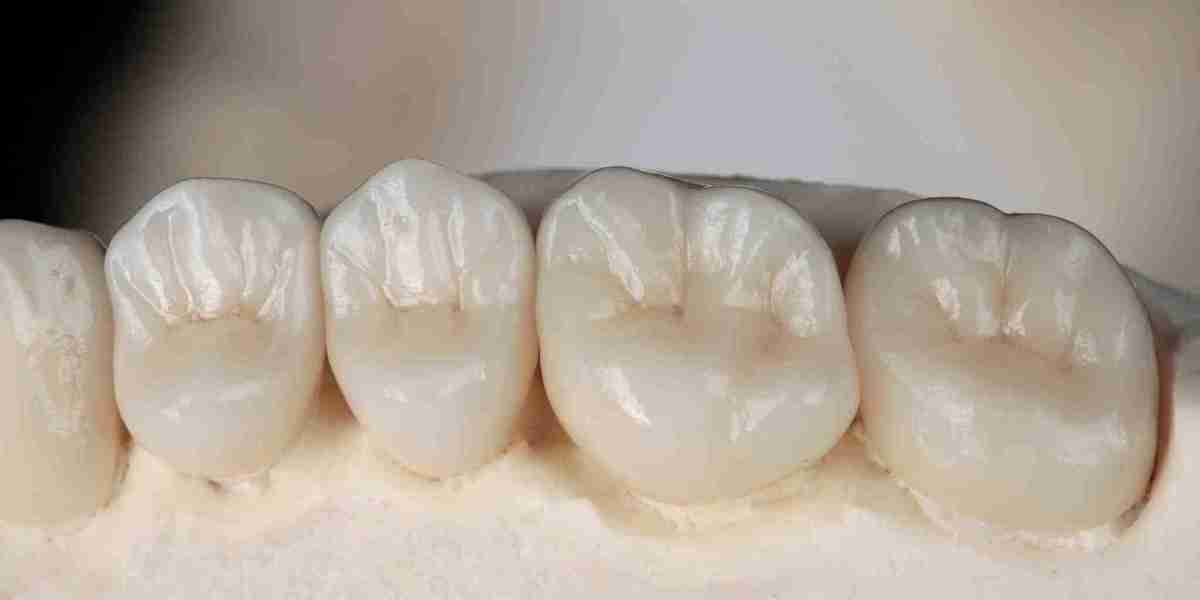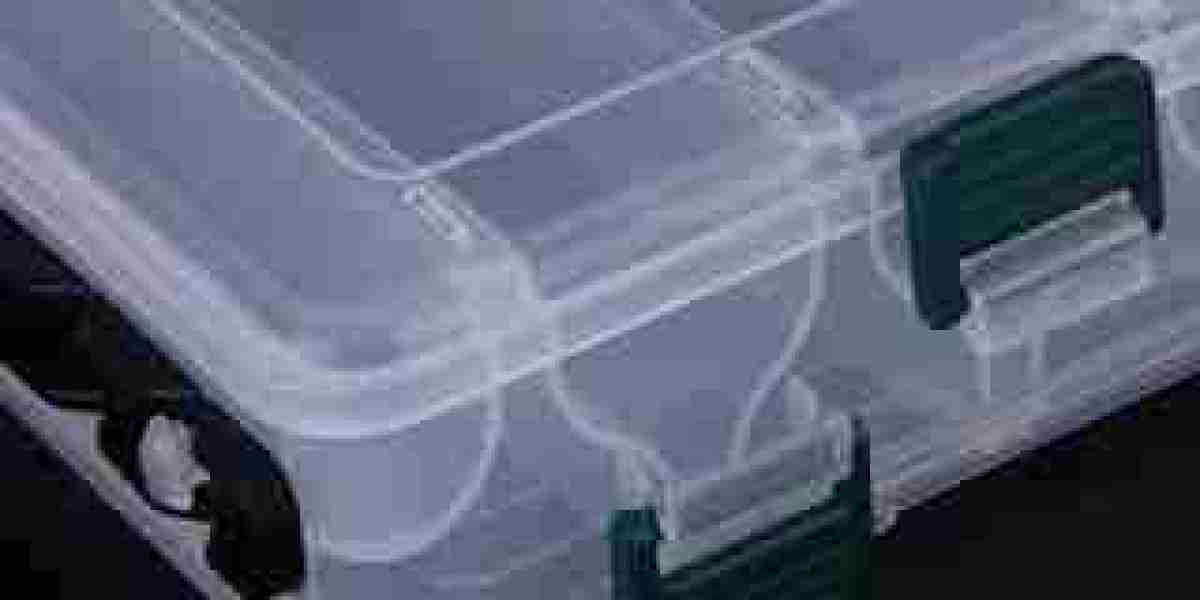When exploring Dental crowns and bridges (لتيجان وجسور الأسنان )i as a solution for damaged or missing teeth, one common concern is whether these treatments are safe and effective for people with gum disease. Gum health plays a crucial role in the success of any dental restoration, and untreated periodontal issues can complicate the outcome of crowns or bridges.
Let’s explore how gum disease affects your candidacy for dental restorations and what precautions or alternatives might be necessary.
Understanding Gum Disease and Its Impact:
Gum disease, also known as periodontal disease, affects the soft tissue and bone supporting the teeth. It typically begins as gingivitis, characterized by swollen or bleeding gums, and can progress into periodontitis, which causes bone loss and tooth instability.
How Gum Disease Interferes With Dental Work:
Crowns and bridges depend on strong, stable teeth and healthy gum tissue for support. In the presence of active gum disease, the following risks may arise:
Loosening of Supporting Teeth: A bridge depends on adjacent teeth for support. If those teeth are weakened by gum disease, the bridge may fail.
Inflammation Around Restorations: Gum inflammation can worsen around crowns or bridges if not properly managed, leading to complications.
Bone Loss: The underlying bone structure is essential for long-term stability. Gum disease that causes bone deterioration can affect how well the crown or bridge holds.
Can You Still Get Crowns or Bridges With Gum Disease?
The answer depends on the severity and treatment status of your gum condition.
If Gum Disease Is Active:
When gum disease is active and untreated, it’s generally not recommended to proceed immediately with crowns or bridges. Any restorative treatment should be postponed until the periodontal condition is stabilized.
If Gum Disease Is Treated and Managed:
Once gum disease is under control through professional cleaning, scaling and root planing, or other therapies, most patients can safely receive crowns or bridges. Good oral hygiene and maintenance are essential to protect both the restoration and the underlying tooth structure.
Crown and Bridge Options for Patients With a History of Gum Disease:
Dental Crowns:
Crowns can still be used if the tooth structure is solid and the gum tissue is healthy. For patients with a history of gum disease, special attention is paid to:
Proper crown margins to avoid plaque buildup
Smooth, polished surfaces to prevent irritation
Regular professional cleaning and monitoring
Dental Bridges:
Bridges may be used if neighboring teeth are strong enough to support them. In cases where bone or gum loss is significant, alternatives like implants or removable partial dentures may be considered. A bridge placed in a healthy, stabilized oral environment can still function well for many years.
Important Care Tips for Long-Term Success:
Even after treatment, individuals with a history of gum disease should adopt strict oral care habits to prevent recurrence and protect their restorations.
Brush Twice Daily: Use a soft-bristled toothbrush and fluoride toothpaste to clean teeth and gums gently.
Floss Daily: Clean around the crown and underneath the bridge using floss or interdental brushes.
Use Antibacterial Mouthwash: Reduces bacteria that contribute to gum problems.
Attend Regular Dental Checkups: Early detection and management of gum issues is key to preserving crowns and bridges.
Avoid Smoking: Smoking slows healing and worsens gum disease, increasing the risk of complications.
Frequently Asked Questions:
Can I get a crown if I had gum disease in the past?
Yes, as long as your gum disease is currently under control and the tooth is stable. Your dentist will assess your overall oral health before proceeding.
Are bridges more likely to fail if I have gum issues?
Bridges rely on adjacent teeth and gum health. If these are compromised, the bridge may not last as long. Proper treatment and maintenance can extend the lifespan of the restoration.
How can I prevent gum disease from returning after getting crowns or bridges?
Brush and floss consistently, avoid sugary or acidic foods, and maintain regular dental visits. Early intervention can prevent serious complications.
Are there alternatives if I can’t get a bridge due to gum problems?
Yes. Removable partial dentures or, in some cases, dental implants may be recommended depending on your bone and gum health.
Final Thoughts:
Dental crowns and bridges in Dubai (لتيجان وجسور الأسنان في دبي)i can be safe and effective solutions for individuals with gum disease, provided the condition is treated and under control. Healthy gums are the foundation of lasting dental restorations, so managing gum disease is always the first priority.
If you're experiencing tooth damage or loss and have concerns about your gum health, exploring your options with a qualified dental professional can help you choose a treatment path that restores both your smile and your confidence.




